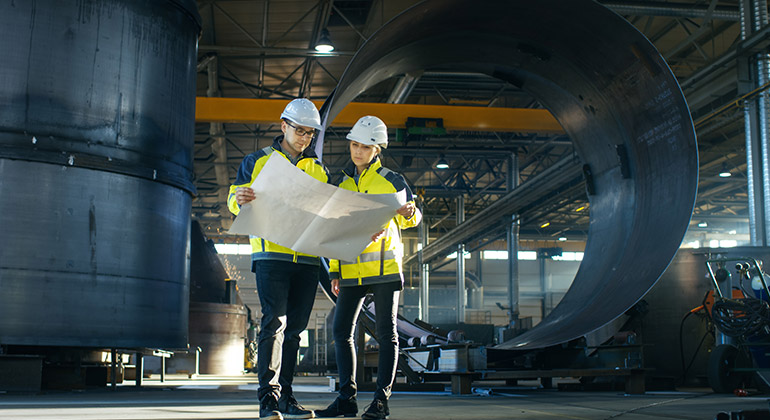Below are some of the important checks that are performed during commissioning:
Temperature Rise
Temperature rise is the difference between the temperature of the air in the return duct and the air heated in the supply duct of the furnace. Temperature rise should be checked when the furnace is installed or commissioned, and the results must be within the range found on the furnace rating plate.
Static Pressure
Static pressure refers to the resistance to airflow in a heating and cooling system and its duct work. The push of the air must be greater than the resistance to the flow or no air will circulate through the ducts.
Manifold Pressure
Manifold pressure is the gas pressure that the gas valve delivers to the burners, to supply the BTU’s. It is important to have the manifold pressure set correctly to ensure efficient furnace operation which can extend the life of the equipment.
Combustion Analysis
Combustion Analysis is a careful test of the heat exchanger in your furnace to ensure it’s working properly. During this test both CO and CO2 are measured. Together these provide an indication on the efficiency of the combustion process.
Blower Motor Amp Draw
Blower motor Amp draw is a measurement of the power being consumed to move air through the furnace and provide comfort to the home.
Supply Inlet Pressure
Each appliance has a minimum gas supply requirement to operate properly. Testing the supply pressure ensures that the appliance minimum is met, along with the minimum and maximum allowable to a home dwelling from the gas distributor.
Supply Working Pressure
The supply working pressure is tested while the appliance is operational. It is used to check how much the supply pressure has dropped now that the appliance is in use and confirms if the outside regulator provided by the distributor is operating correctly.

